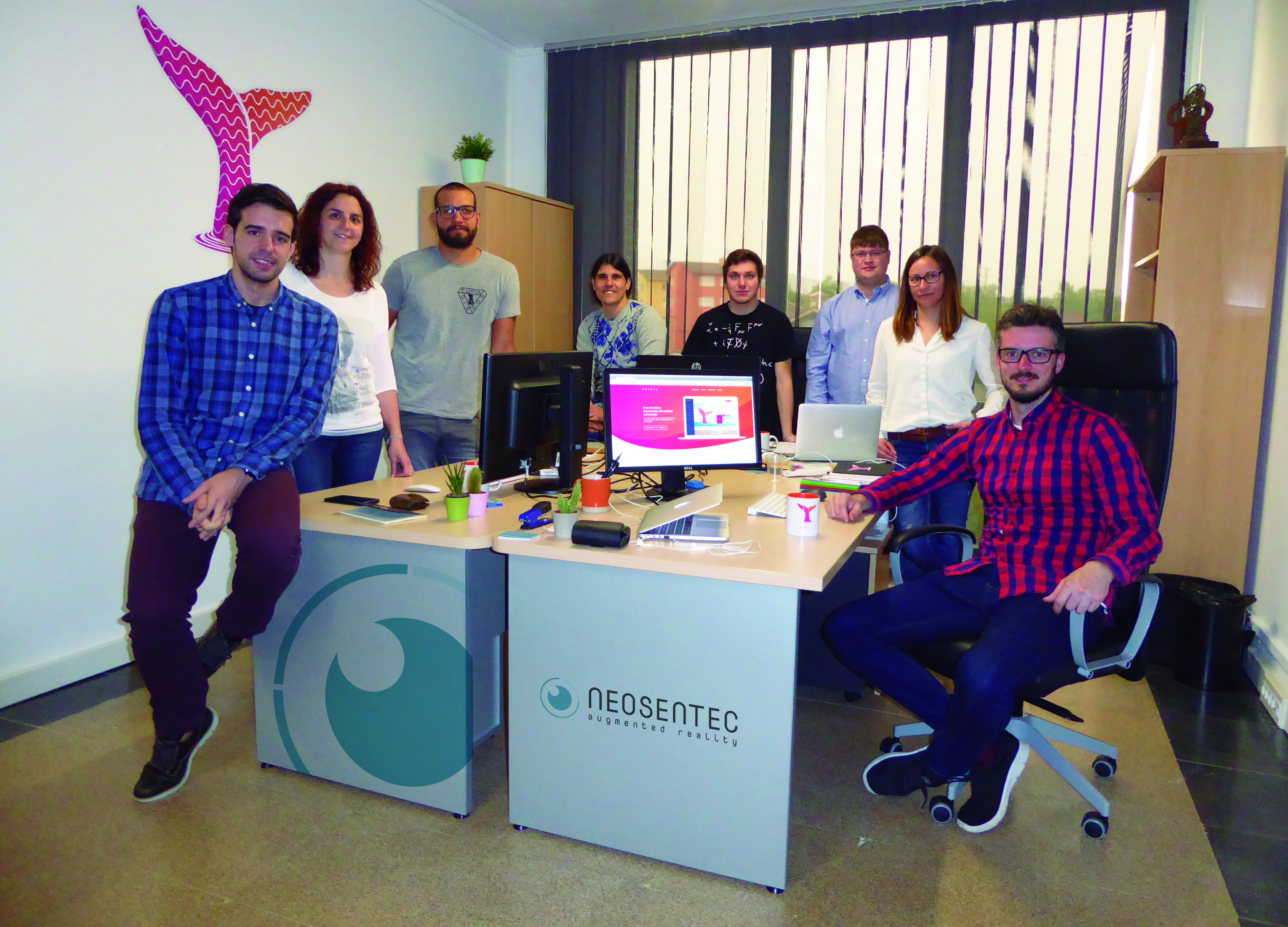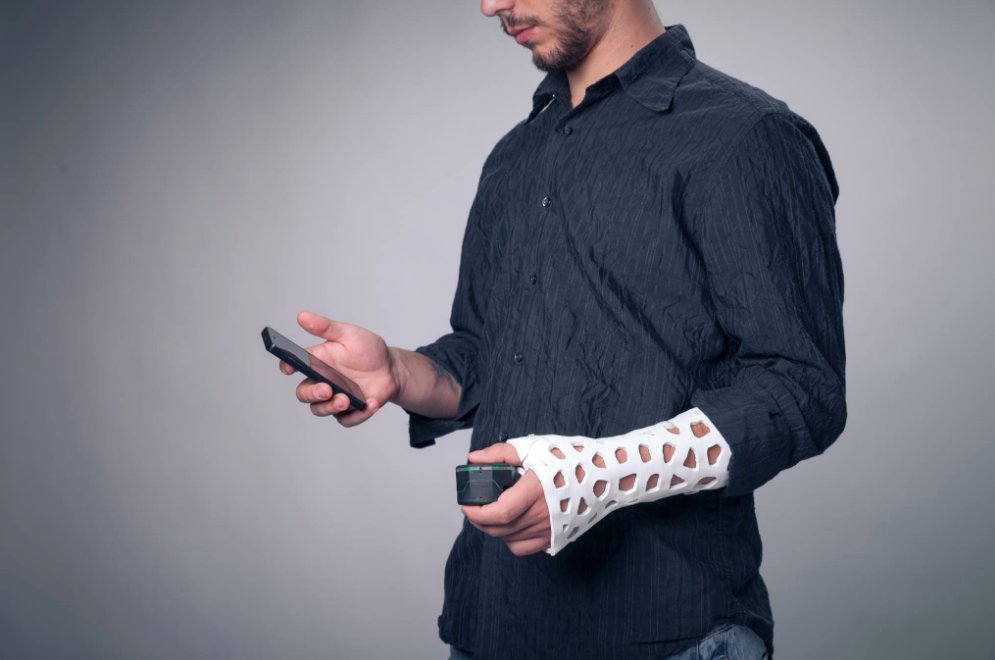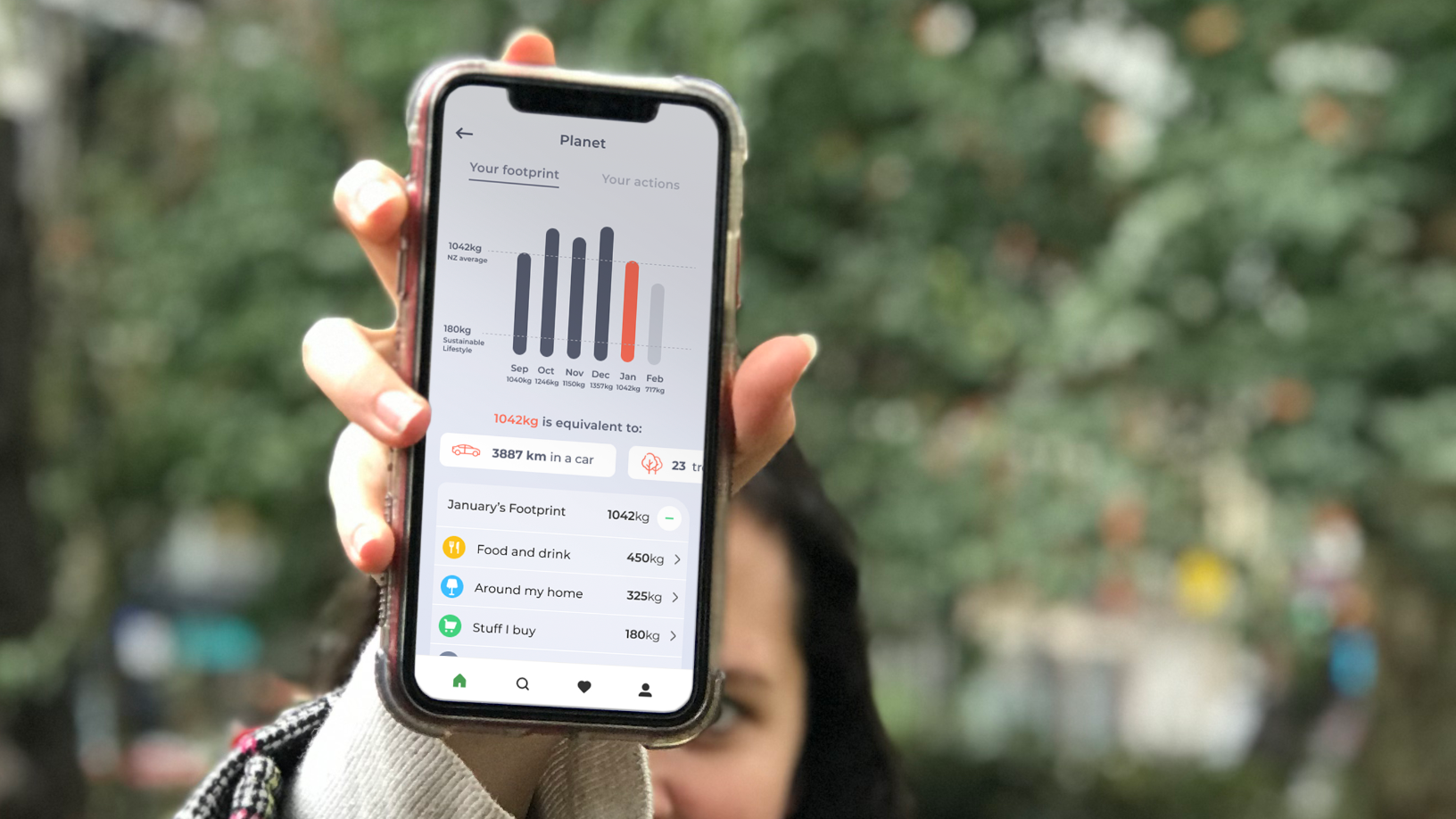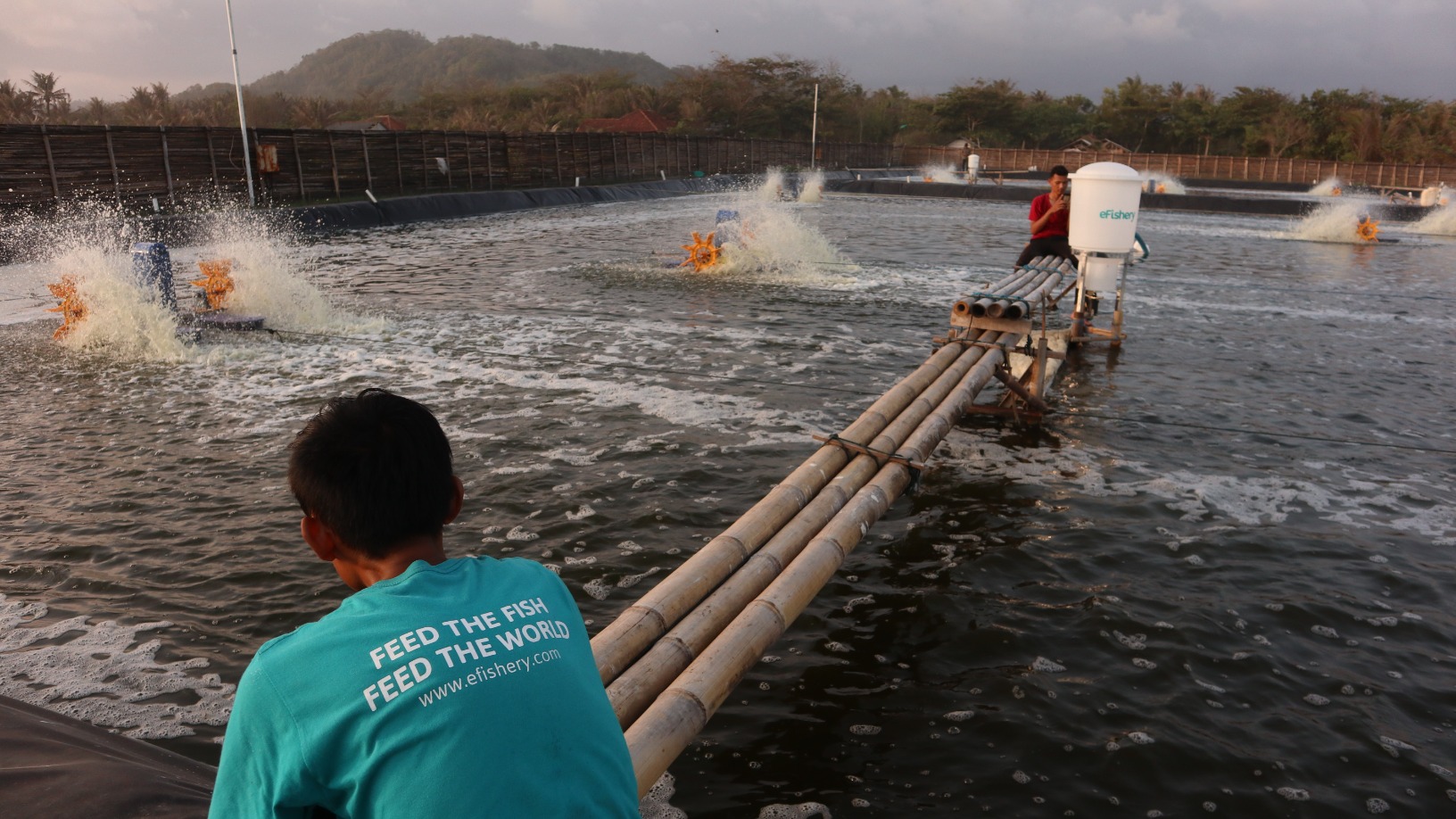The complex set of technologies needed to create augmented reality (AR) experiences is expensive and difficult to develop for most companies. Hence Neosentec came up with a SaaS that facilitates businesses to offer customized AR experiences aimed at attracting more customers
Supported by the EU Horizon 2020 fund, the Asturian startup has created an open source AR platform, Onirix, to encourage collaboration and innovation. Neosentec was also a finalist at the Madrid South Summit 2018.
In an interview with CompassList, Pedro Javier Sáez Martínez, the CEO and co-founder of Neosentec, or Nuevo Sentido Tecnologico Realidad Aumentada, shares how a Google Glass project inspired him to design a virtual travel companion for the blind and visually impaired.
By 2020, global spending on AR/VR is forecast to surpass US$20 billion . Since the worldwide Pokémon GO craze started in 2016 and has clocked up over 800 million downloads to date, developers have jumped on the AR bandwagon to create new applications that combine virtual elements with real-world images in real time. AR is also used in many industries for R&D and product development. Volkswagen and its sister tech company Mixed Reality, for example, are developing AR solutions to assist surgeons in their work.
This interview has been condensed and edited for clarity.
Q. How did you get the inspiration for Neosentec?
A. I always had the dream of starting a tech company. The idea to use AR to help visually impaired people occurred to me while I was working on a Google Glass project with Carlos González, who is now the COO of Neosentec.
We wanted to develop an application for Google Glass and other wearables. So, we created Lazzus, an assistant to accompany the blind and visually impaired people by monitoring their movements to create a "field of vision" to enable them to move around independently. Then Pablo Medina joined us as CTO and added AR tech to create a new prototype, Arneo, that eventually transformed into the Onirix open source platform.
Neosentec provides bespoke AR solutions to generate user experiences in real time by combining the virtual world with the real world. The complex set of technologies needed to create AR is expensive and difficult for many companies. To solve this problem, we decided to build our own AR platform to facilitate other companies to expand their businesses by adding customized AR experiences.
What is the company's business model? What kind of clients are you targeting?
Neosentec earns revenues by offering AR services to generate experiences that are closer and closer to the realities of our clients. Onirix is also a SaaS platform for customized AR solutions. Three types of plans can be purchased directly from the Web, with a free 30-day trial period offered.
Our clients include Thyssenkrupp, Unilever, retailer TSL Outdoors, medical research company Incimov, Vodafone mobile tech TecSOS and games developer RPG. We focus on medium and large companies, mainly from the industrial, education, tourism and hospitality sectors. They use R&D and want to keep up with the latest trends to increase efficiency and productivity by reducing the amount of time needed to achieve their goals.
Other potential clients are the computer development companies with extensive and advanced R&D knowledge. The Onirix open source platform offers a wide range of AR libraries and software development kits (SDKs).
Neosentec was founded just over five years ago. What are the main milestones?
The road to this point has been hard but gratifying. The creation of our first application, Lazzus, was a success and helped us to gain visibility, contacts with investors and, very importantly, financing to create and empower Onirix.
Lazzus is an application for mobile devices and wearables to assist the blind and visually impaired people by GPS. Developed as one of the features for Google Glass and mobile devices, Lazzus obtains real-time points of interest within the user’s "field of vision". The app informs users what is around them in the real-time world, in coordination with their body movements. For example, by turning the head to the right, the app will tell you what is on the right. If you go straight ahead, Lazzus will inform you of what’s in front.
The second milestone is Onirix, a flexible and easily adaptable AR open source platform that was entirely developed by Neosentec. It includes a web platform, Onirix Player for mobile applications, SDKs in open source, libraries, and utilities. It also offers three modules: Target, Places, and Spaces to create different types of AR experiences.
Neosentec has received funding from the EU Horizon 2020 research and innovation program and we have received different awards and recognitions, among which was being a finalist at the Madrid South Summit.
Could you tell us about your company's future plans? Do you have any competitors?
Neosentec, as a company that provides AR-oriented services, has broader competition. Some of our competitors are: Visuartech, Arsoft-Company, Pangeareality, Innovae, Tworeality and 6dlab. Within Neosentec, we continue to work on specific AR projects and we are already preparing for the next financial round to help us achieve these objectives.
However, there are not many companies that are dedicated to creating software with the characteristics of Onirix. Here, our direct competitors are Vuforia, Wikitude, Easyar, Kundan and Catchoom. Onirix was only officially launched in October 2018. So in the short and medium term, we are focused on expanding it internationally. We want to be the first software choice for companies by differentiating Onirix as the best easy-to-use open source AR platform in the market.
Onirix uses both Unity and Angular technologies. Angular is a web application framework developed in TypeScript open source that is maintained by Google and normally used to create and maintain single page web applications. Unity is a video game engine that is compatible for use on different types of platforms. All content is created and viewed in the Onirix Studio that is available from all native platforms (Android and iOS), Unity and ARKit and ARCore, the current Apple and Google offers on their respective iOS and Android platforms that improve localization and mapping simultaneously.
Please tell us more about Onirix and its applications
Onirix is designed to enable any person or company without technical knowledge to can create their own AR experiences. In addition, Onirix, goes beyond this. For those companies and/or people that have technical knowledge, Onirix SDK is the first open source solution with these characteristics, which is our differential value in addition to our affordable prices.
Onirix has a web platform Onirix Studio for users to create, organize and publish AR projects. It is the simplest AR tool for managing content, creating and publishing bookmarks, maps or spaces for later viewing. Our mobile applications Onirix Player allows users to build and visualize demos or prototypes. It can be adapted for all major mobile platforms like Android and iOS. And, of course, Onirix SDK open source, libraries and utilities for developers on multiple platforms, (Android, iOS, and Unity) currently offer the best way to create any AR experience and customized applications.
In Onirix Studio, you can create three different types of projects. Onirix Targets provides AR on images or surfaces, both horizontal and vertical, through which you can give life to any image, magazine, logo or bookmark. Users can view the 3D content or animated scenes set in the real world. It is a way to give life to a catalog.
With Onirix Places, or geolocated augmented reality, users can create maps and include points of interest or outdoor guidance routes, including user-relevant information. The result is an interactive tool that permits users to visualize and provide information simultaneously, for example, allowing them to virtually see the most picturesque places in a city in real-time, accompanied by relevant information for each location.
Finally, Onirix Spaces allows users to create the most spectacular AR experience in any space. Users can perceive the depth, dimensions, and area of the environment surrounding the mobile device, thanks to its depth sensors and motion capture. To do this, users need a Tango technology phone created by Google in collaboration with Lenovo.
To summarize, the best thing about our Onirix solution is how quickly and easily users can create their own AR experiences without needing too much prior technical knowledge.










